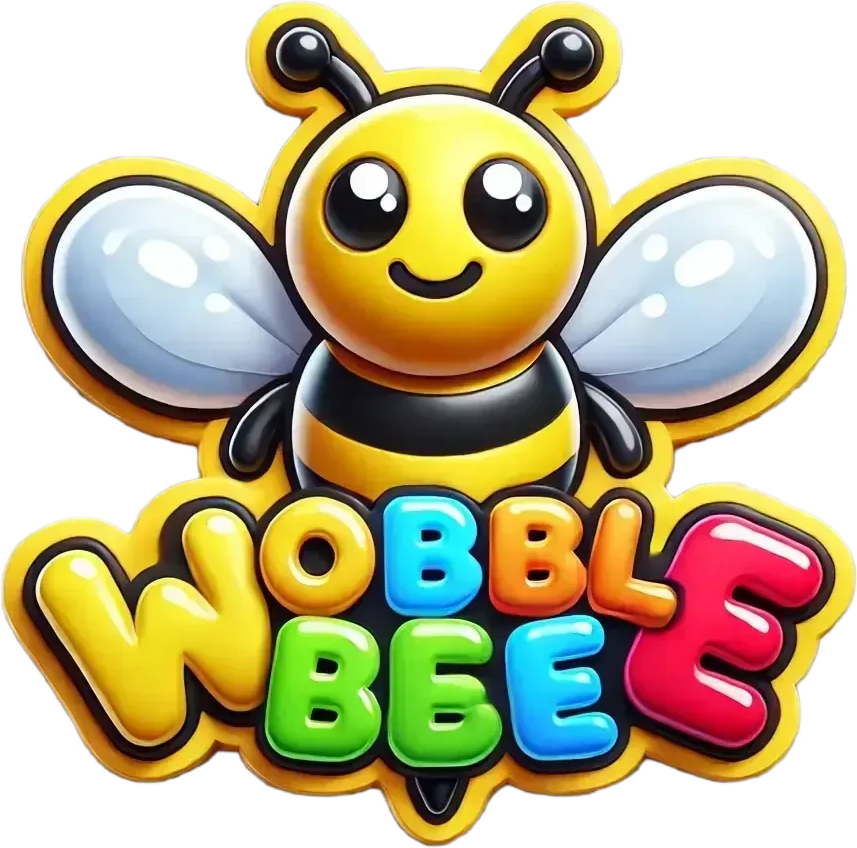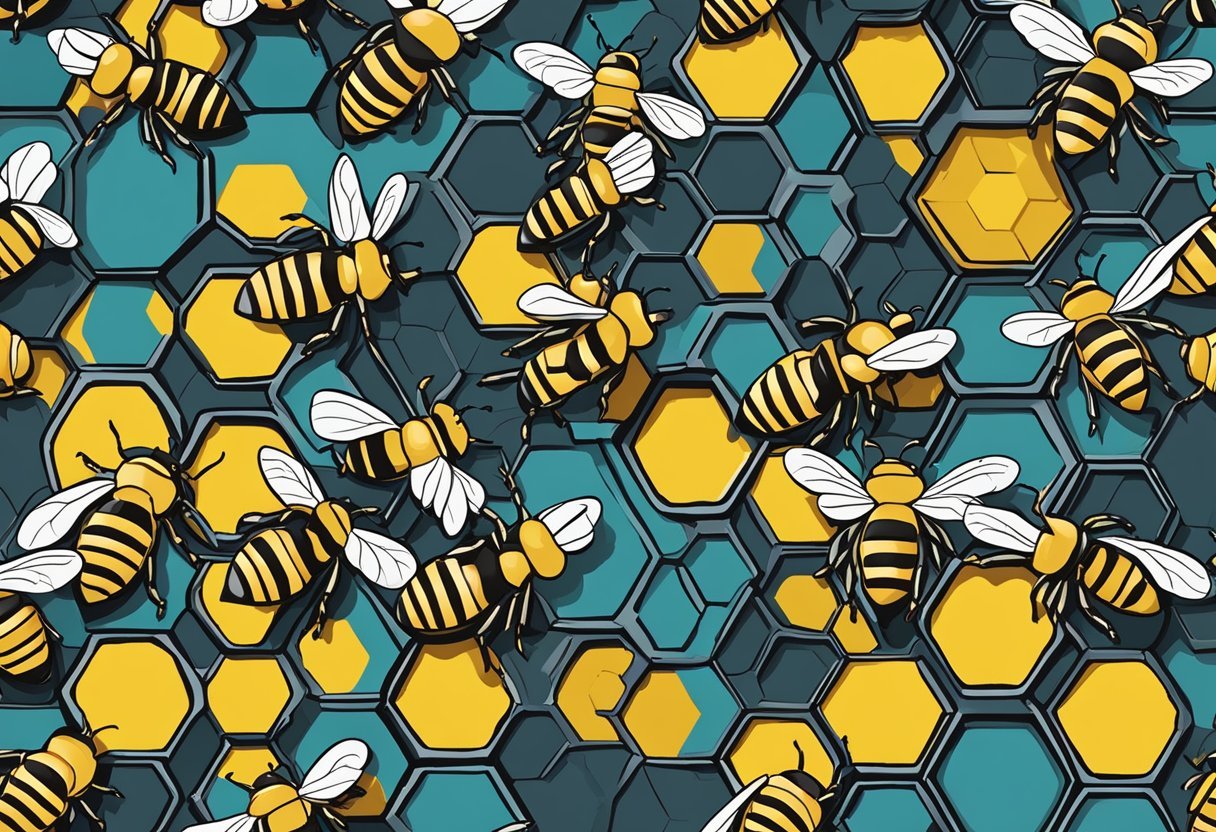Bee Honeycomb
Imagine a bee city built entirely of tiny, hexagonal rooms! That’s essentially what a honeycomb is. Made from beeswax, honeycombs are a marvel of bee engineering. These intricate structures serve as both a nursery for baby bees and a pantry to store honey and pollen.
The Purpose of Bee Honeycomb
Bee honeycomb serves as the storage unit and nursery for a bee colony. It is made up of hexagonal cells that are meticulously crafted by worker bees using beeswax. These cells serve multiple purposes, including storing honey, pollen, and royal jelly, as well as providing a safe space for the development of bee larvae.
The Hexagonal Wonder
The hexagonal shape of the bee honeycomb is a marvel of nature. It is not only aesthetically pleasing but also highly efficient in terms of space utilization. The hexagon provides the maximum amount of storage space while using the least amount of material. This efficiency is crucial for bees, as it allows them to store as much honey as possible while conserving energy and resources.
The hexagonal shape also provides structural stability to the honeycomb. The walls of the cells are thin, yet strong, allowing them to support the weight of the stored honey and the growing larvae. This structural strength is vital for the survival of the bee colony.
The Process of Honeycomb Construction
Creating bee honeycomb is a remarkable feat of teamwork and coordination within the bee colony. Worker bees secrete beeswax from their abdominal glands, which they then chew and mold into the familiar hexagonal shape. The beeswax starts as a soft, pliable substance but hardens quickly when exposed to air.
The construction of honeycomb begins with a few bees forming a cluster and hanging from a surface, such as the roof of the hive. These bees act as a scaffold, providing a starting point for the construction process. Other worker bees then join in, adding cells to the honeycomb structure.
Each cell is meticulously crafted, with the bees using their mandibles to shape the wax and create the hexagonal shape. The cells are arranged in a precise pattern, with each cell sharing walls with six neighboring cells. This pattern ensures maximum efficiency and stability.
The Versatility of Bee Honeycomb
Bee honeycomb is not only used for storing honey and providing a nursery for bee larvae. It also plays a crucial role in maintaining the temperature and humidity levels within the hive. The hexagonal shape of the cells allows for efficient airflow, helping to regulate the temperature and prevent moisture buildup.
Furthermore, the honeycomb acts as a communication tool for bees. Bees use the cells to store pheromones, which are chemical signals that help them communicate with each other. These pheromones play a vital role in coordinating activities within the hive, such as foraging, defending the colony, and selecting a new queen.
The Harvesting of Honeycomb
For beekeepers, harvesting honeycomb is a delicate process. It involves carefully removing the honeycomb from the hive without damaging it. Beekeepers use specialized tools, such as honey extractors, to separate the honey from the honeycomb cells.
Once the honey is extracted, the empty honeycomb can be reused by the bees. They will clean and repair the cells, ready to store honey and raise new brood.
Conclusion
The bee honeycomb is a true wonder of nature. Its hexagonal shape, efficient use of space, and structural strength make it an essential component of a bee colony. From storing honey to nurturing bee larvae, the honeycomb serves multiple purposes within the hive. Its versatility and functionality highlight the incredible abilities of bees and their remarkable cooperative behavior.
Honeycomb FAQs – Let’s explore!
1. Is it OK to eat bee honeycomb?
Honeycomb is edible, but it’s not like your typical breakfast toast topping. The waxy structure, made from beeswax, isn’t easily digested by humans. Are you curious if the honey inside the honeycomb is safe to eat, or are you wondering if the honeycomb itself is a common snack?
2. What is bee honeycomb made of?
Honeycomb is a fascinating creation! The main component is beeswax, a natural substance produced by worker bees. It also contains the honey bees store for food, and there might even be traces of bee pollen and propolis (a bee-made resin). Do you want to know more about how bees make honeycomb, or are you interested in the different substances that can be found within it?
3. What are the health benefits of bee honeycomb?
The health benefits of honeycomb are a topic of discussion. Honey itself has potential benefits, but the wax in honeycomb is difficult to digest. Some believe it has antibacterial properties and might aid digestion, but enjoying it in moderation is key due to the wax. Are you interested in learning more about the possible benefits of the honey inside, or are you curious if the wax itself has health properties?
4. Is honeycomb a bee egg?
Honeycomb is definitely not a bee egg! Bee eggs are tiny and laid within the honeycomb cells. Honeycomb is the actual structure the bees build to store their honey and raise their young. Would you like to learn more about the bee life cycle and how they use the honeycomb, or are you strictly focused on what humans can consume?
5 Is bee honeycomb something you’d normally spread on toast?
Honeycomb is the waxy structure bees create to store honey, not the honey itself. It’s edible, but the wax is difficult for humans to digest. Would you be more interested in learning about how bees make honeycomb, or the health benefits of the honey they store there?
6 Have you ever seen a close-up picture of a honeycomb?
Honeycomb is a marvel of bee engineering! It’s made from beeswax, a natural substance produced by worker bees. Are you curious about the honeycomb’s hexagonal shape, or what else might be found inside the cells besides honey?
7 Do you like to try new and interesting foods?
Honeycomb has a unique flavor and texture due to the combination of honey and beeswax. Some people enjoy it for its taste and potential health benefits (though the wax is not easily digestible). Would you be interested in learning more about the possible health benefits, or are you looking for something a bit sweeter and easier to chew?
8 Are you familiar with bee eggs?
Honeycomb is the structure, while bee eggs are tiny and laid within the honeycomb cells. Perhaps you’d like to know more about the fascinating life cycle of bees, or are you strictly interested in what humans can consume?

